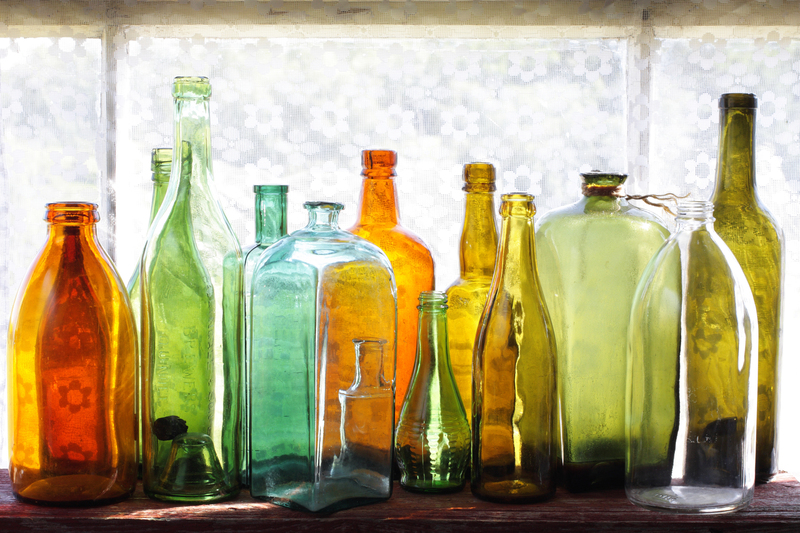Microplastic Menace: Is Prevention Possible?
In recent years, microplastics have emerged as a significant environmental threat. These small plastic particles, less than 5mm in size, infiltrate our ecosystems and pose risks to wildlife and human health. But in the face of such a pervasive problem, the crucial question arises: Is prevention possible? This article delves into the microplastic menace, exploring its origins and impacts, and examines strategies for prevention.
Understanding the Microplastic Problem
Microplastics are prevalent in various environments, from oceans to soil, and even in the air we breathe. Their ubiquity stems from multiple sources, including:
- Primary microplastics: These are manufactured materials, such as microbeads in health and beauty products or plastic pellets used in industrial processes.
- Secondary microplastics: These originate from the breakdown of larger plastic debris due to environmental factors like ultraviolet radiation, wind, and ocean currents.
The adverse effects of microplastics on ecosystems and public health cannot be overstated. Marine life, terrestrial animals, and humans are exposed to microplastics, potentially leading to toxicological implications. Microplastics can absorb and transfer harmful chemicals, which pose a risk when ingested by living organisms.

Microplastic Impact on the Environment
Marine Ecosystems
Oceans bear the brunt of microplastic pollution. Marine creatures, from plankton to whales, ingest these particles, mistaking them for food, leading to feeding difficulties, impaired growth, and mortality. The impact on the marine food chain tends to exacerbate, ultimately affecting human consumers.
Terrestrial Ecosystems
Microplastics are not confined to oceanic environments. They invade land-based ecosystems as well. Water runoff, agricultural practices, and atmospheric transport contribute to the widespread presence of microplastics in soils. Their presence in agricultural lands can adversely affect plant growth and, by extension, food security.
Human Health
Although research on the precise effects of microplastics on human health is ongoing, there is concern about the inhalation and ingestion of these tiny particles. Microplastics can enter the human body through the food chain, air, and water, raising questions about potential links to respiratory and gastrointestinal issues and other health problems.
Strategies for Prevention
Addressing the microplastic menace is vital, but can it be prevented? Here are some potential strategies:
Reducing Plastic Production
Reduced dependency on plastics is a crucial step. Encouraging the use of biodegradable materials and implementing legislation to ban or limit single-use plastics can significantly curb the introduction of new plastics into the environment.
Improved Waste Management
Enhancing waste management systems can prevent plastics from entering natural environments. This includes improving recycling processes, ensuring proper disposal of plastics, and investing in advanced waste treatment technologies.
Innovative Clean-Up Efforts
Technological innovations, such as ocean clean-up initiatives and advanced filtration systems, can help remove existing microplastics from the environment. These efforts, combined with responsible consumer practices, can mitigate the impact of microplastics on ecosystems.
Legislation and Policy
- Implementing stricter regulations on plastic production and disposal
- Promoting extended producer responsibility to incentivize companies to reduce plastic use
- Establishing international treaties to tackle global plastic pollution

The Role of Individuals
While systemic change is necessary, individual actions play a critical role in prevention. Consumers can help by:
- Reducing plastic consumption through choices such as reusable bags and bottles
- Supporting brands and products that prioritize sustainability
- Participating in local clean-up initiatives
The power of individual action should not be underestimated; through collective effort, we can drive significant change.
Conclusion
Preventing the microplastic menace is challenging, yet achievable through a combination of policy change, technological innovation, and individual responsibility. The cooperative efforts of governments, industries, and citizens are essential in mitigating this environmental threat. By understanding the profound impacts of microplastics and taking decisive action, we can strive towards a cleaner and healthier planet.